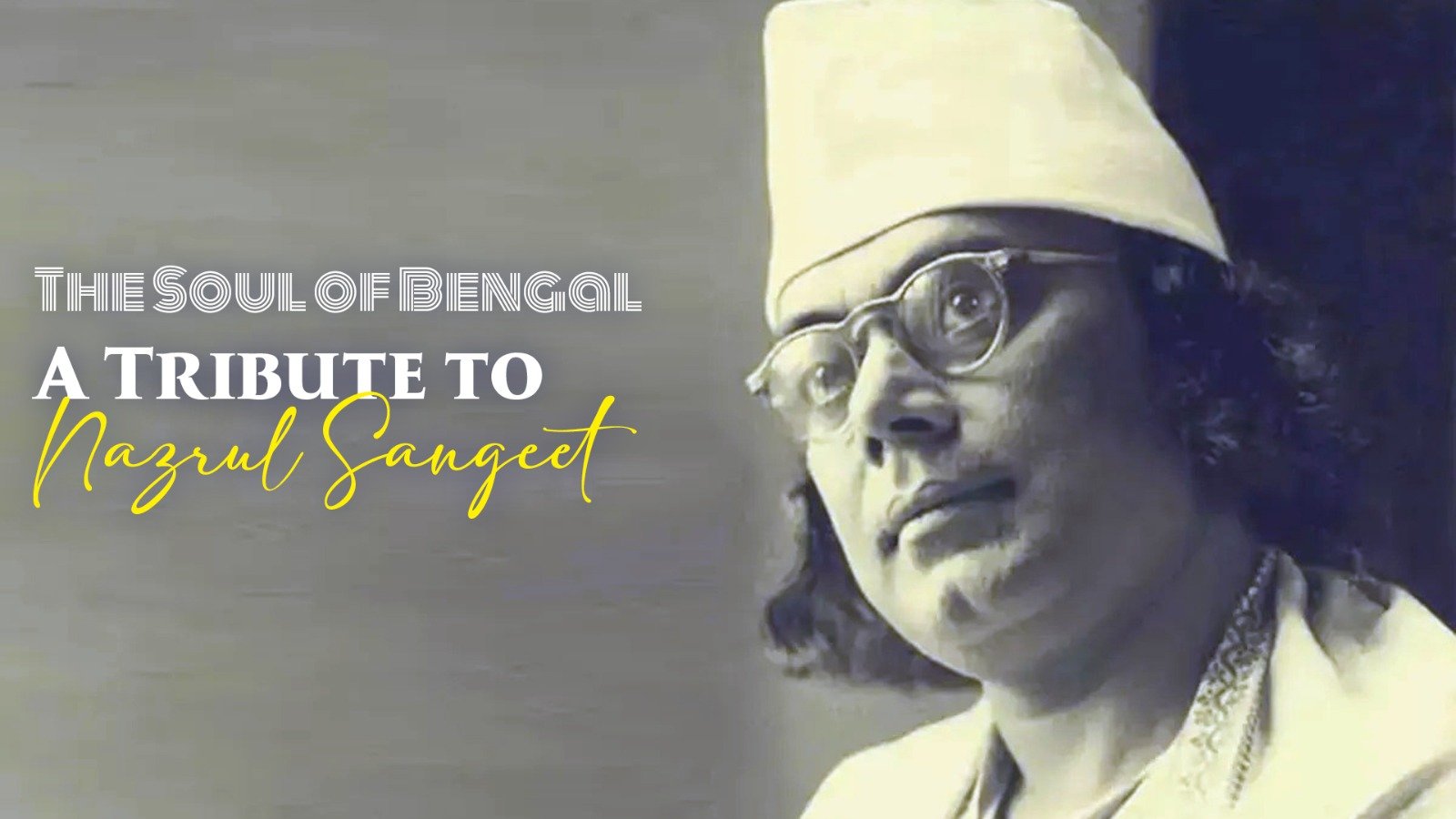The origins of Christmas stem from both the pagan and Roman cultures. The Romans actually celebrated two holidays in the month of December. The first was Saturnalia, which was a two-week festival honoring their god of agriculture Saturn. On December 25th, they celebrated the birth of Mithra, their sun god. St. Nicholas, one of the one endearing saints revered by Western and Eastern rite Catholics and Orthodox, has many fascinating facts connected to his life that we shoulFather Joseph Marquis has portrayed St. Nicholas (and Santa) for over 45 years Father Marquis a wealth of facts, from familiar to forgotten — like these few facts that can help us celebrate St. Nicholas better and appreciate his makeover into Santa 1. The saint’s name Nicholas is of Greek origin and means “victor of people.” 2. Nicholas was born in Patara in A.D. 270 and served as Bishop of Myra, both seaport towns off Turkey’s southern coast where he lived all his life (and died in 345). St. Paul passed through them on his way to stand trial in Rome, as St. Luke record that “crossing the open sea off the coast of Cilicia and Pamphylia, we came to Myra in Lycia” (Acts of the Apostles 27:4-5).3. His remains ended up in another seaport town — Bari, in the heel of Italy’s boot. The Feast of the Translation of the Holy Relics St. Nicholas from Myra to Bari in 1087 is celebrated in Italy to this day on May 9 in the basilica there built as a shrine to him and completed in 1089. But Venetian sailors who really stole the bones of Nicholas from his tomb in Myra then left behind some fragments, and in 1100 went back to Myra to collect the remaining pieces. Those fragments are enshrined in the church of St. Nicholas on the Lido, Venice, Italy.4. A pure liquid known as the Manna of St. Nicholas (or St. Nicholas Manna) has flowed from his bones for 17 centuries. Each May 9th on the Feast of the Translation of the Relics of St. Nicholas, a Dominican priest siphons the manna of St. Nicholas into a glass vial. The manna is traditionally used to bless the Christian faithful. 5. When Nicholas was born, his parents were serving the needs of the sick. They contracted the same disease as the sick and died. Being the only child, he inherited everything. Father Marquis says St. Nicholas is the first of the saints you can consider a philanthropist in the way he designated his wealth to be used for certain things at certain times. One way is next.6. St. Nicholas’s anonymous gift-giving originated in his hometown of Patara in Turkey. According to ancient tradition, to deliver an impoverished family of a widower father and his three daughters, who their father was considering selling into slavery, out of dire poverty, the young Nicholas secretly threw three bags of gold coins through their window on three consecutive nights. His anonymous nocturnal gift-giving has continued in many countries, including being translated into Santa’s visits. 7. The sometimes still used symbol of three gold balls at a pawn brokers’ shop echo-this compassionate act. Surprisingly, St. Nicholas is considered the patron saint of pawnbrokers. 8. Saint Nicholas’s compassion for the poor, marginalized, and, in particular, children, and especially providing aid anonymously to those in greatest need, became so legendary that it never faded over the centuries, but inspired others, and was imitated especially around Christmas in many countries
SECRET SANTA
Jesica Sen
||
Post On > Dec 24 2022 ||






